The Harmonious Legacy: Music in Umberto Lenzi’s Universe
Umberto Lenzi, a prominent figure in the Italian film industry, has left an indelible mark on the world of cinema. Hihgly renowned for his contributions to the giallo and exploitation film genres. Lenzi’s work is distinguished not only by its daring and often controversial content but also by the prominent role that music plays in his movies. In this article, we explore the use of music in Lenzi’s films, showcasing how it enhances the overall cinematic experience.
A Maestro of Mood Setting
Umberto Lenzi, along with his contemporaries Dario Argento and Lucio Fulci, was instrumental in crafting the giallo genre. A distinct subgenre of Italian horror-thrillers known for its mysterious and suspenseful narratives. Music in Lenzi’s films serves as a maestro, orchestrating the emotional tone of the story. In his giallo films, such as “Eyeball” (1975) and “Seven Blood-Stained Orchids” (1972), the music aids in building tension. Thus creating an atmosphere of anxiety and uncertainty.
Lenzi’s keen ear for music is evident in his collaboration with composers like Riz Ortolani, whose haunting scores in films like “Seven Blood-Stained Orchids” effectively intensify the suspense. Ortolani’s music, with its eerie melodies and tense rhythms, underscores the psychological torment of the characters and the audience’s sense of impending danger. These compositions are carefully woven into the narrative, subtly foreshadowing the unfolding events and amplifying the audience’s unease.
Exploration of Diverse Genres
Umberto Lenzi was not confined to a single genre, and his films span a wide range of themes and settings, from jungle adventures to crime dramas. This diversity is reflected in his approach to music. For instance, in “Cannibal Ferox” (1981), a controversial exploitation film set in the Amazon rainforest, Lenzi employed a percussive and tribal score that immerses the audience in the savage, untamed world of the film. The music serves as a bridge connecting the viewer to the film’s exotic locales and the brutal, primal nature of its characters.
In contrast, Lenzi’s crime thrillers like “Almost Human” (1974) make use of funky, electric guitar-driven soundtracks, reflecting the urban grit and intensity of the narrative. The music here adds a layer of coolness and tension, accentuating the cat-and-mouse game between criminals and law enforcement.
Impact and Legacy
The use of music in Umberto Lenzi’s films is a testament to his keen understanding of the symbiotic relationship between audio and visual elements. His collaboration with talented composers helped create soundscapes that were integral to the storytelling process.
Umberto Lenzi’s legacy in the world of cinema extends beyond his directorial prowess. His unique approach to music, spanning various genres and emotions, continues to inspire contemporary filmmakers and composers. His influence can be seen in the works of directors who appreciate the power of music in conveying mood, from Quentin Tarantino to Rob Zombie.
In conclusion, Umberto Lenzi’s movies are more than just shock and awe. They are an amalgamation of art forms that blend visuals and music to evoke visceral and emotional responses from the audience. While his films may not always have been critically acclaimed, they have a distinctive place in the annals of cinematic history. Thanks in no small part to the unforgettable soundscapes that accompany the mayhem on the screen. Lenzi’s films are a testament to the idea that in cinema, sound can be just as powerful as sight.
Watch his movies on MovieItalyplus
Read our articles here!


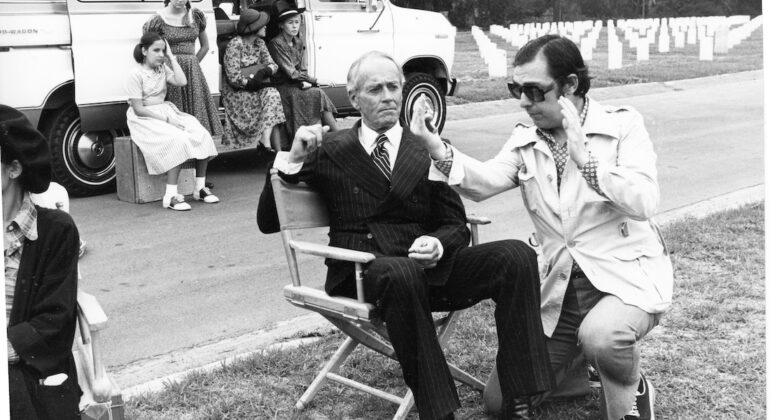
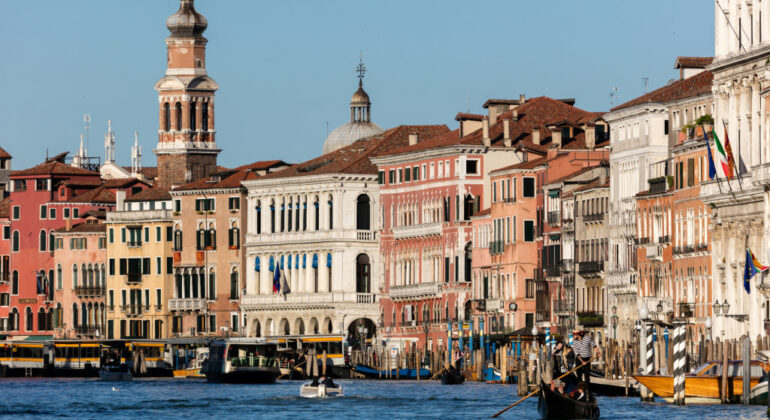

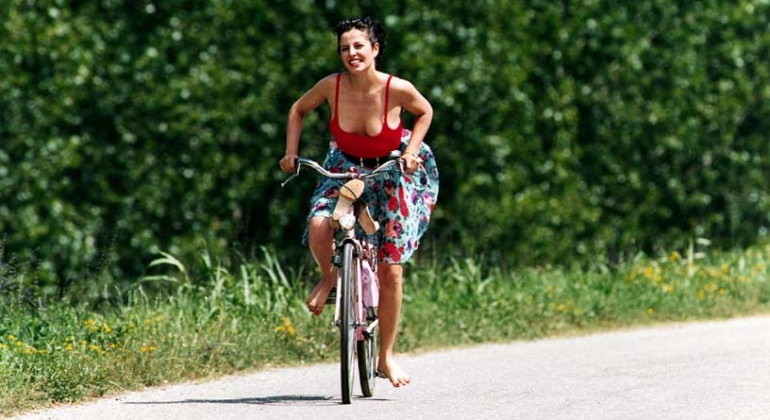
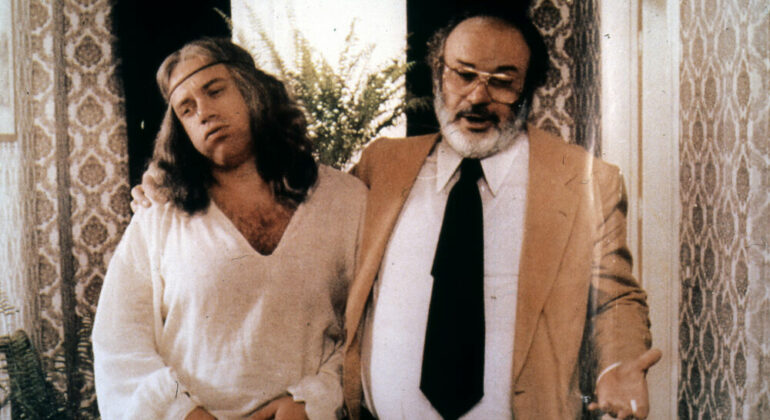

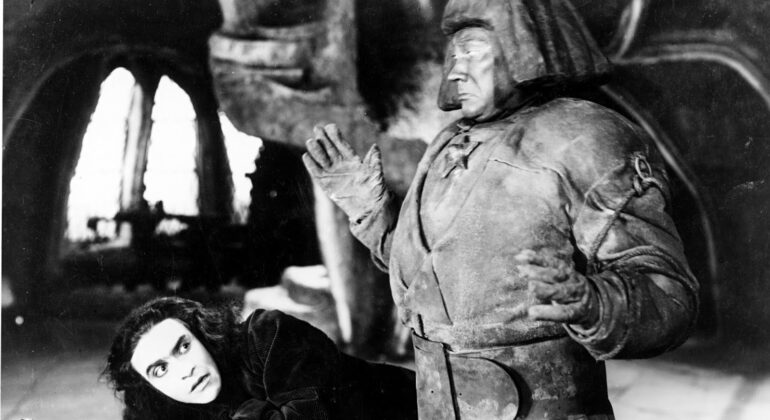
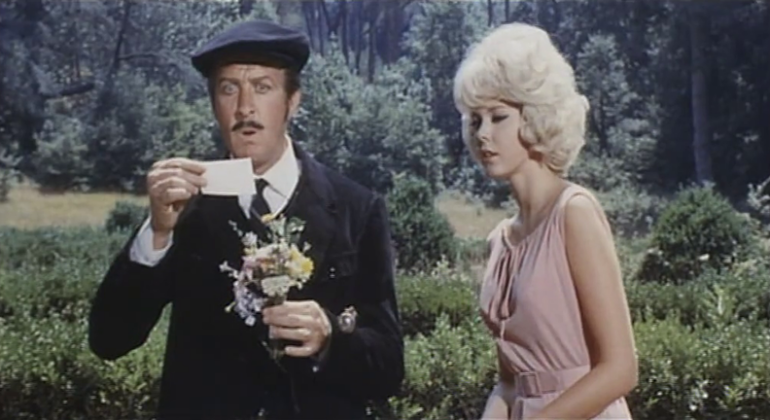


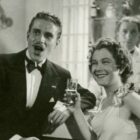



Recent Comments